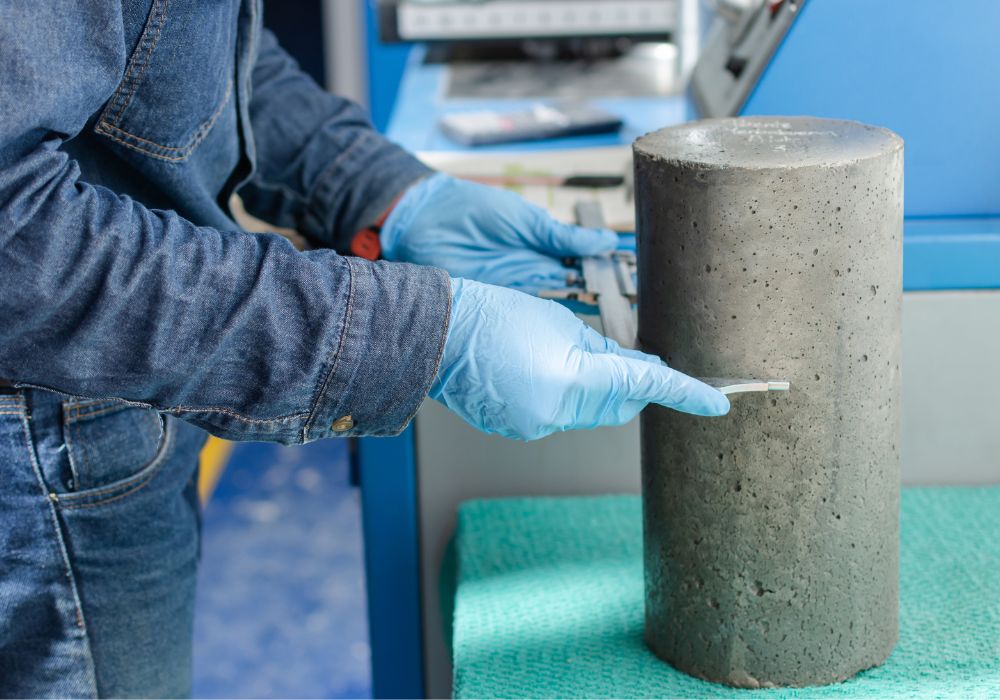Image Source: Google
Whether you are a hobbyist looking to take your passion to the next level or a professional in need of a reliable spray booth, finding the perfect one for your needs is crucial. A high-quality spray booth can make a significant difference in the outcome of your projects by providing a controlled environment for painting and finishing. To help you find the right spray booth for sale, we have put together a comprehensive guide with valuable information and tips. If you are looking for the best spray booth for sale then, you can contact Built American Equipment.
Types of Spray Booths
1. Crossdraft Spray Booths
- Crossdraft spray booths have incoming air that flows horizontally across the workpiece and out through the exhaust filters on the opposite side.
- These are more affordable and suitable for smaller operations or hobbyists.
2. Downdraft Spray Booths
- Downdraft booths have incoming air that comes from the ceiling and flows vertically down through the floor grates.
- They provide superior overspray control and are ideal for professional painting applications.
Factors to Consider When Choosing a Spray Booth
1. Size and Space
- Determine the available space in your workshop or garage to ensure the spray booth fits comfortably.
- Consider the size of the projects you typically work on to choose a booth with adequate dimensions.
2. Airflow and Filtration
- Ensure the spray booth has proper airflow and filtration systems to maintain a clean and safe working environment.
- Look for booths with efficient exhaust filters to capture overspray and prevent contamination.
3. Lighting and Visibility
- Good lighting is essential for achieving professional results, so opt for a booth with ample lighting fixtures.
- Clear visibility of the workpiece is crucial for precise painting and finishing.
Benefits of Investing in a Quality Spray Booth
1. Improved Finish Quality
- A spray booth provides a controlled environment free from dust and debris, resulting in a smoother and more professional finish.
2. Health and Safety Compliance
- Proper ventilation in a spray booth helps to remove harmful fumes and chemicals, ensuring a safer working environment for the painter.
3. Increased Efficiency
- With a dedicated spray booth, you can streamline your painting process and work more efficiently, ultimately saving time and achieving better results.
Where to Find Spray Booths for Sale
1. Specialty Retailers
- Check with local specialty retailers that carry automotive or woodworking equipment.
- These retailers often have a selection of spray booths for sale and can provide expert advice on choosing the right one.
2. Online Marketplaces
- Popular online marketplaces like Amazon, eBay, and Industrial Machinery Auctions are great places to find a wide range of spray booths for sale.
- Read reviews from other buyers and compare prices to ensure you are getting a good deal.
Considerations for Installation and Maintenance
1. Professional Installation
- Consider hiring a professional to install your spray booth to ensure it is set up correctly and functions optimally.
- Improper installation can lead to safety hazards and performance issues.
2. Regular Maintenance
- Follow the manufacturer's guidelines for maintenance to keep your spray booth running smoothly.
- Clean or replace filters regularly and inspect the booth for any signs of wear or damage.
Conclusion
Finding the perfect spray booth for sale requires careful consideration of your specific needs and preferences. Whether you are a hobbyist or a professional, investing in a high-quality spray booth can greatly enhance the quality and efficiency of your painting projects. Remember to assess factors such as size, airflow, lighting, and filtration when choosing a spray booth, and make sure to follow installation and maintenance best practices to prolong its lifespan. By taking the time to research and select the right spray booth, you can elevate your painting experience to new heights.



:max_bytes(150000):strip_icc()/Debt_Andrii-Dodonov-be5202c91aa64636b1c46097e5277f92.jpg)





